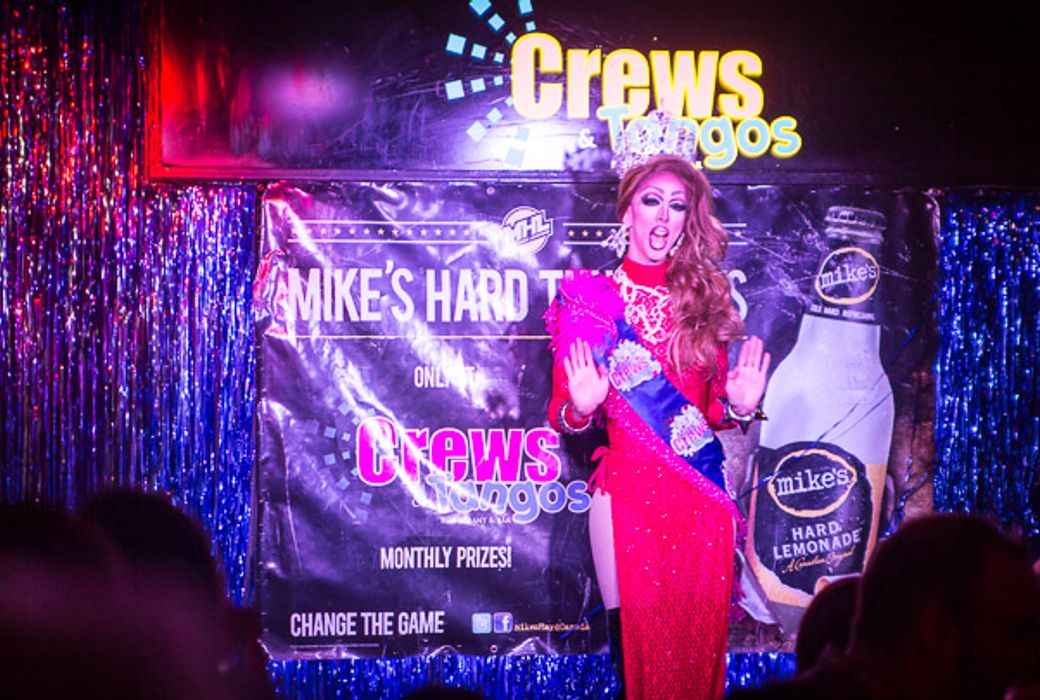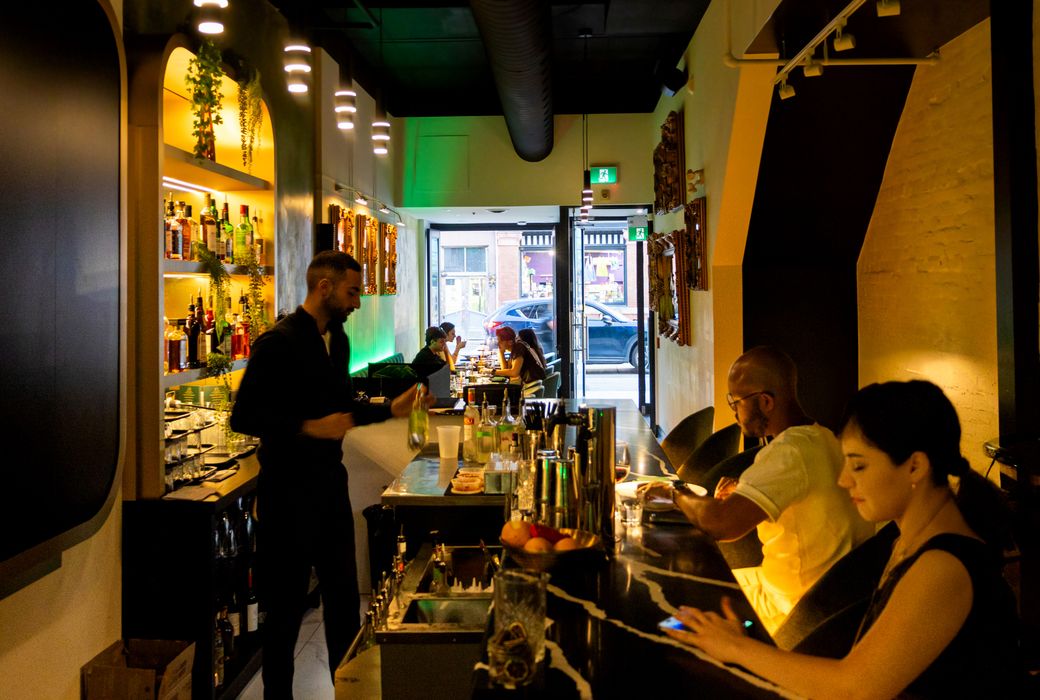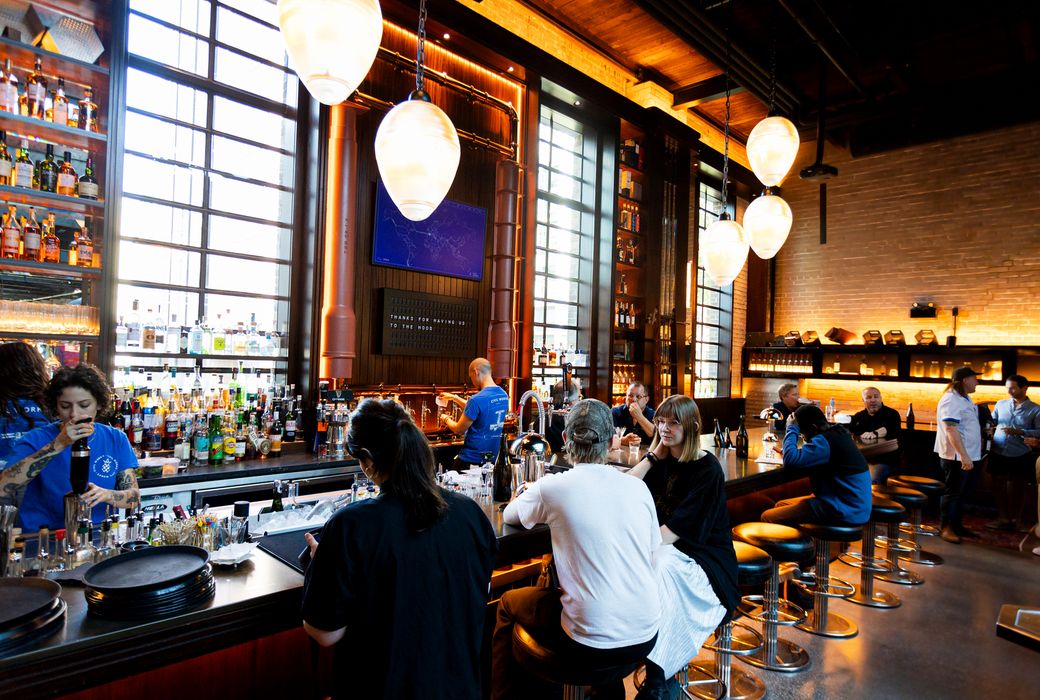Future Nightclub
Future is one of the newest, hottest hubs for nightlife in Toronto.
Boasting bumping live EDM sets every Friday and Saturday, on top of — it should come as no surprise — futuristic interiors, this Queen West spot has quickly cemented itself as a true Toronto go-to.
Future is located at 570 Queen West.
Photos by
K. via Google Images.







